In 2008, when engineers at Panasonic first suggested the use of bamboo to improve the quality of the speakers installed in the Lexus CT, the idea raised more than a few eyebrows.
The inclusion of bamboo in audio equipment was, at that point, unheard of. Why would a technologically progressive automotive brand feature such an everyday raw material in a new, state-of-the-art piece of equipment?
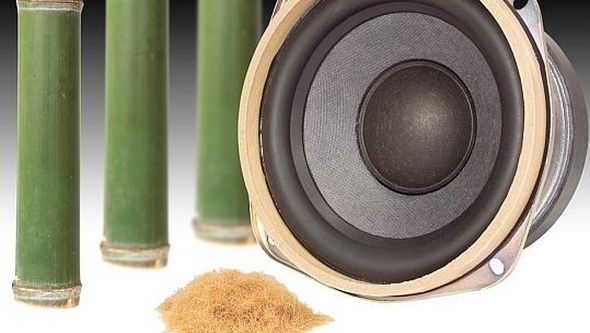
Koji Sano, chief engineer at Panasonic, knew the answer. “We’ve been experimenting with bamboo since 2007,” he explained, “so we knew the plant – charcoaled bamboo and bamboo fibres, to be precise – would make a lot of difference in our attempt to better sound quality inside the cabin.”
Lexus speakers are divided into an array of collaborative parts, of which the diaphragm, a cone-shaped membrane that vibrates to produce sound, is one of the most crucial.
Discover more: The performance of plastic in Lexus CT
A diaphragm must be light to create a loud noise; stiff to precisely hit high notes; rigid to minimize acoustic distortion; and flexible enough to dampen its own vibrations, to make sure of a crystal-clear sound.
Sano knew that by using bamboo within the CT’s diaphragm, all of the above could be achieved. “You often see bamboo sway in strong winds, constantly moving in all directions without cracking,” he said. “That’s the sort of quality we seek in a diaphragm.”
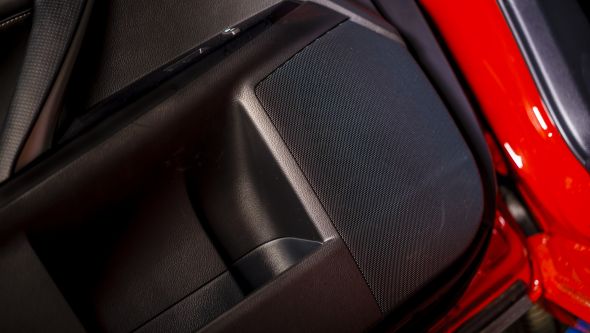
Engineers at Lexus had to be persuaded, but Sano’s passion paid off. Following initial meetings, his team secluded themselves in a lab and conducted numerous phases of intense product development.
In 2010 they created their first fully functional prototype, and in 2011, it was installed in the Lexus CT as a standard feature. Sound quality within the cabin was vastly improved; praise from the automotive community came in reams.
Find out more: Synaesthesia visualises the sounds of a Lexus CT 200h
However Sano felt more could be done – the diaphragm could be lighter, more rigid and more flexible. And, ultimately, sound could be better. Sano and his team went back to the drawing board and have developed a next-generation speaker, included in all new CTs, that is even further technologically advanced.
“The secret behind our latest improvement is a material called plant opal,” said Panasonic staff engineer Yohei Jin, “which we have extracted from bamboo leaves.”

Plant opal is a microscopic structure found in the fringes of all grass plants, including bamboo. It is hard and clear, named for a likeness to the eponymous mineral.
“The type of plant opal we use has the shape of a needle,” Jin continued, referring to the 0.2 millimetre-long pieces selected specifically. “We use only a small amount of it, but as it bites into the diaphragm’s resinous body, we can improve its overall rigidity and stiffness.”
Compared with the first CT speaker, rigidity has been improved by 20 percent. Acoustic velocity – a yardstick by which frequency range is measured – was improved by 10 percent.
Read more: Celebrating ‘sakura’ season with the Lexus CT 200h
The sound produced by the new speakers is much clearer, especially at high frequency. And the midrange has gained more depth. “Bamboo is the ideal material for speakers,” said Sano, “and its plant opal more importantly so. But we are the only one in the industry that has successfully tapped into the plant’s massive potential.
We are also aiming to introduce this plant opal speaker into the highest echelons of our home-audio lineup.” Why? “Simply because it’s that good.”
Text by Shogo Hagiwara
Illustration by Danilo Agutoli
This feature first appeared in Beyond, Lexus International
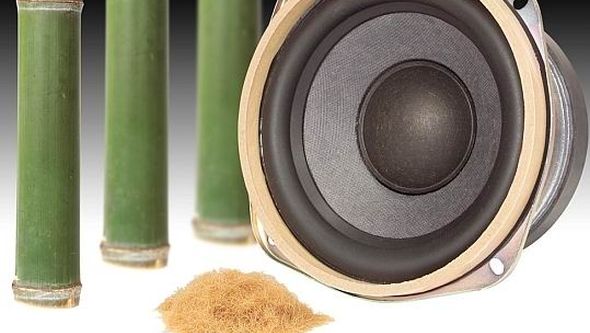


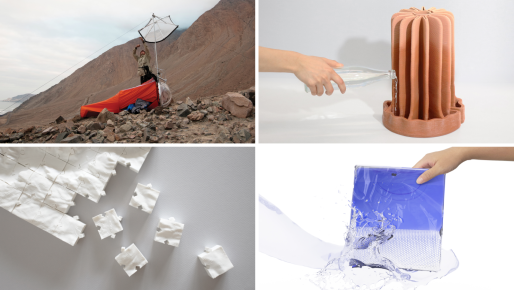
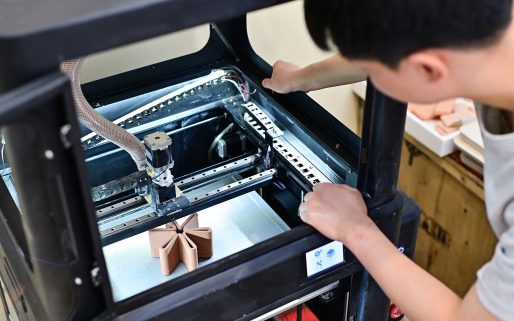
your article is very good i like your article. this article is very helpful for who looking a subwoofer. a good quality subwoofer is giving a mind freshing feeling. so everyone buy a subwoofer for her car first see its quality.